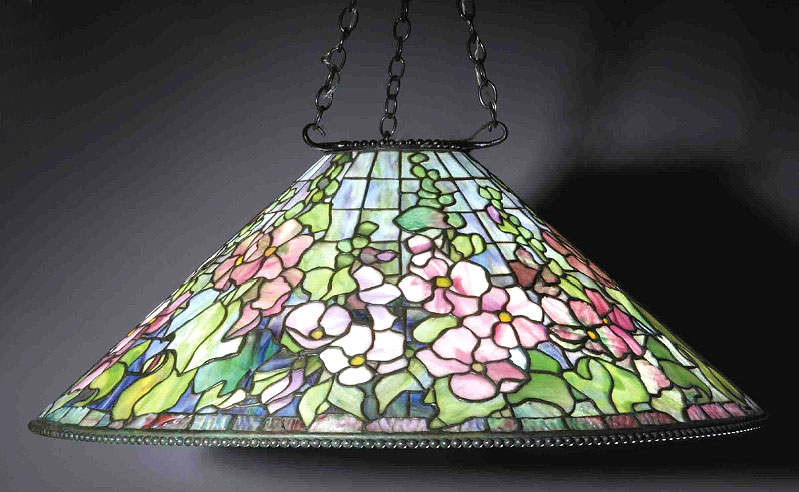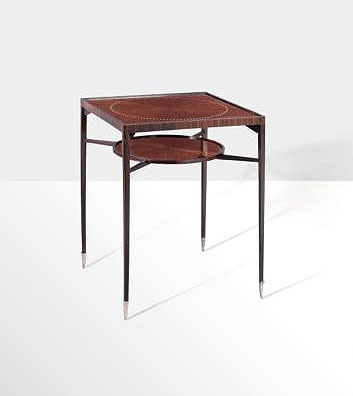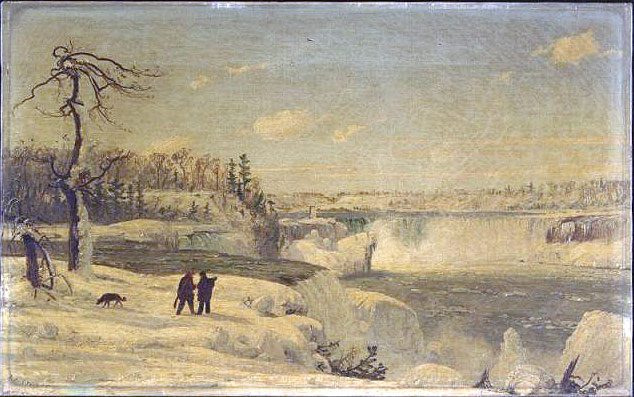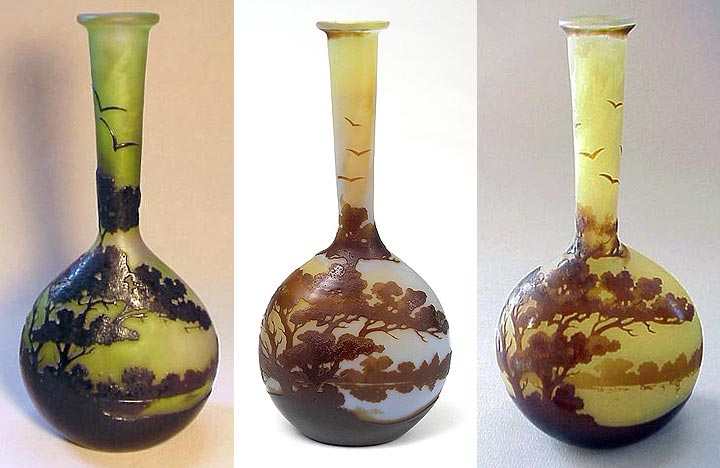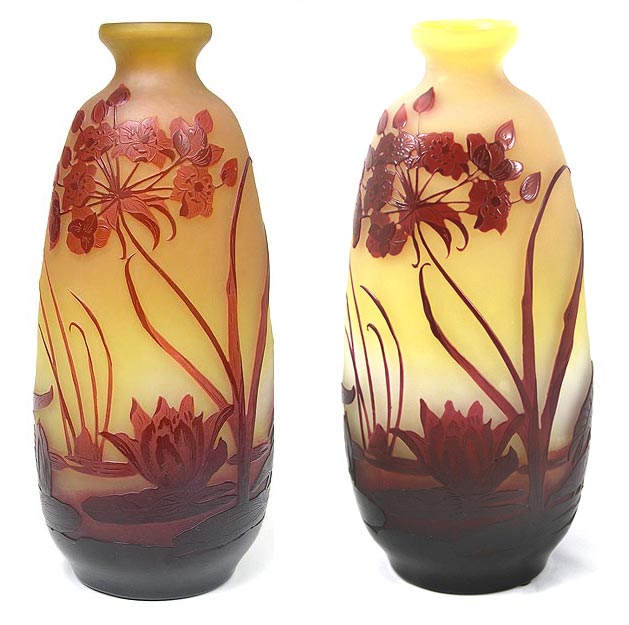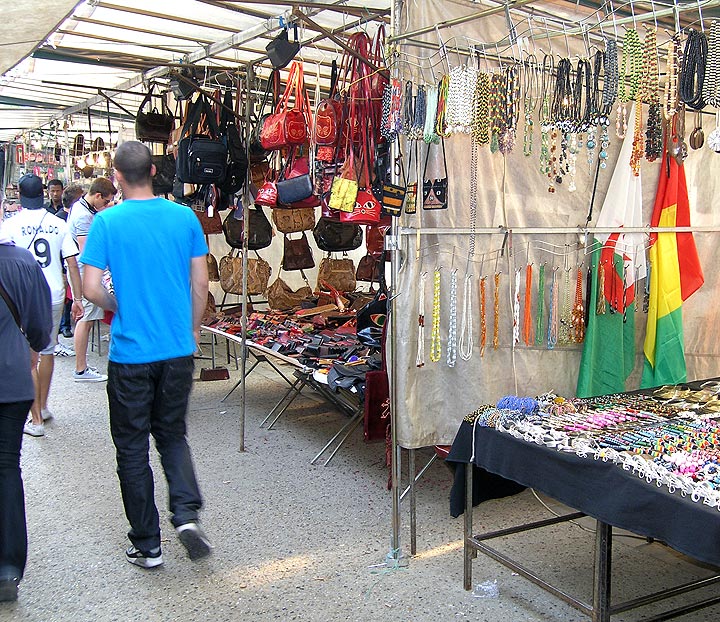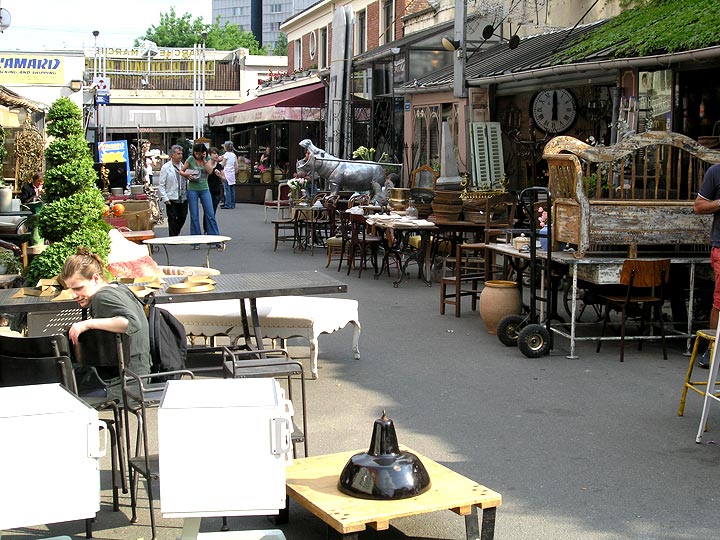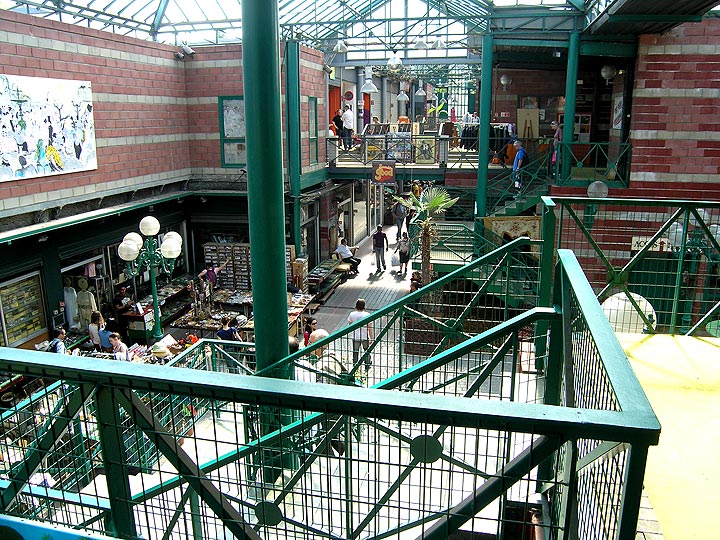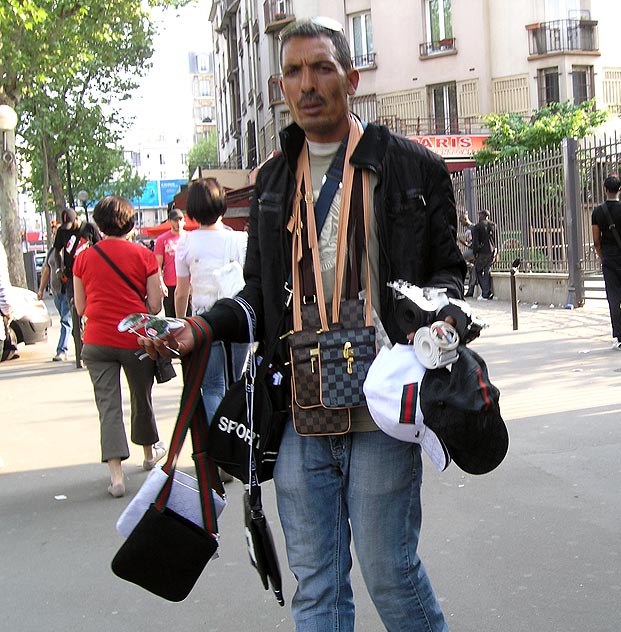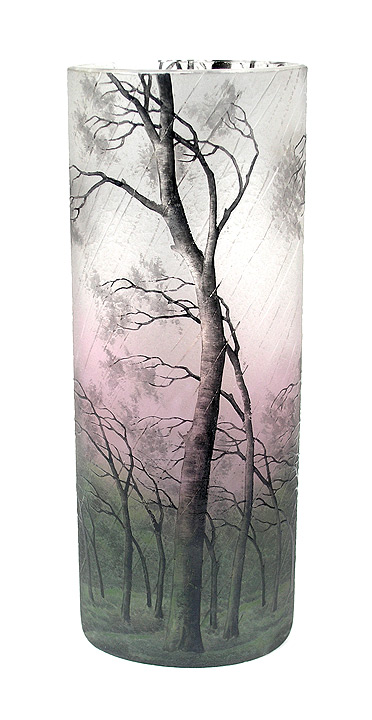Christie’s held a 20th Century Decorative Art sale at their King St. location in London on April 20, 2011. A month later Sotheby’s held their 20th Century Decorative Art sale in Paris on May 25, 2011. Both auctions were strong with some exceptional results for certain items.
Demetre Chiparus was the star of the Christie’s auction. Lot 109 was a bronze and ivory Exotic Dancer sculpture. It carried a pre-sale estimate of $91,000 – $120,000 and soared to an impressive $315,771, including buyer’s premium. Art Deco bronze and ivory figures by important artists have continued to excel at auction with new auction records established regularly. Another Chiparus sculpture in the same sale, Tanara, sold for $104,004, more than double it’s pre-sale high estimate of $45,000.
The major auction houses rarely sell items by Tiffany Studios in their European sales, but they do on occasion. Christie’s lot #49 was a rare 28½” diameter chandelier in the Hollyhock pattern. It sold well below its pre-sale estimate of $110,000 – $140,000, realizing $80,475, including buyer’s premium. I think it’s safe to say that the result would likely have been better if it had sold in a New York sale.
The stars of the Sotheby’s Paris auction were Emile-Jacques Ruhlmann, the Art Deco master and Antoni Gaudí, the wonderful Spanish Art Nouveau master. Lot 11 was a carved olive wood and wrought iron two-seat bench. Estimated to sell for between €150,000 and €250,000, it sold for €384,750 ($549,557) – a really nice piece of change.Lot #23 was an Emile-Jacques Ruhlmann Macassar ebony, ivory and silvered bronze table, “Araignée”. It more than tripled its pre-sale high estimate of €120,000 to reach €408,750 ($584,074). I’m sorry, call me ignorant, but I don’t understand it. It’s a very nice table, probably quite rare, but $584,074??
Sotheby’s sale was larger than Christie’s, continuing a recent pattern. Sotheby’s grossed €4,746,950 ($6,782,900), for an average value of $67,829 for each lot sold. Christie’s total sales were £1,797,875 ($2,960,127), for an average of $31,159 for each lot sold.
For complete auction results, click on the following links. Sotheby’s results, and Christie’s results.
Check out my new acquisitions. First are two fine scenic Daum vases – one a vivid fall scenic. Soon I’ll be listing a wonderful Tiffany Studios 7-light lily lamp with beautiful shades and a fine patina. Also coming soon will be several wonderful European ceramic items by Clement Massier, Zsolnay and Amphora. Here’s the link. chasenantiques.com


